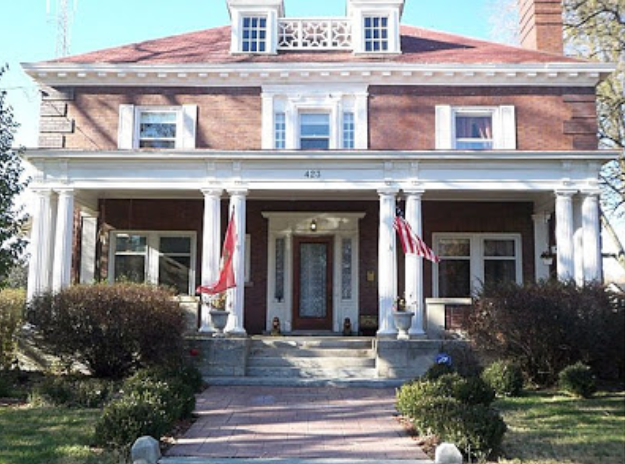FLASHBACK FRIDAYFrom the 1950s to the 1980s, “smog sieges” and “smog attacks” were a part of September life in Southern California. During one such episode of eye-watering smog, motorcycle messengers for a blueprint company went on strike Sept. 13, 1955, because they said they could not see. The next day, the company issued gas masks to the riders. |
|---|
____________________________________________
We have made great strides in improving our nation's air and water quality. I can remember hitchhiking through Los Angeles in 1974. The thick smog hurt my eyes and you could barely see the Hollywood sign through the pollution. LA is much better now, mostly because of our improved emission standards.
In Chicago the air and water quality was wretched in the 1950's. The Chicago River and tributaries were very polluted. As children we did not pay much attention. The big steel blast furnaces in the south side of Chicago were economic drivers for our prosperity and watching the flames and smoke was an attraction.
We spent a great deal of money and effort to substantially reduce pollution and we succeeded. I was the Planning Director of Will County, a rapidly growing County south of Chicago. We received a great deal of money from the Federal Government for water quality planning, including $100,000 to explain our efforts to improve water quality. The plan was called 208 for the Federal Legislation and called for every stream and river in the country to be fit for swimming and fishing by 1983.
I devised a plan where I would dive into the Chicago River / Ship and Sanitary Canal in downtown Chicago, swim to the far side, and then swim back, to show how great it would be after our rivers and streams were fit for swimming. Our environmental planner Marla Gursh threw cold water on my plan by suggesting that I discuss this with the County Health Department. They described the process they took when a ship working accidentally fell into the River. There were a number of inoculations, induced vomiting, and scrubbing every orifice of your body with an aggressive alcohol swab. I dropped my plan.
Craig Hullinger







































